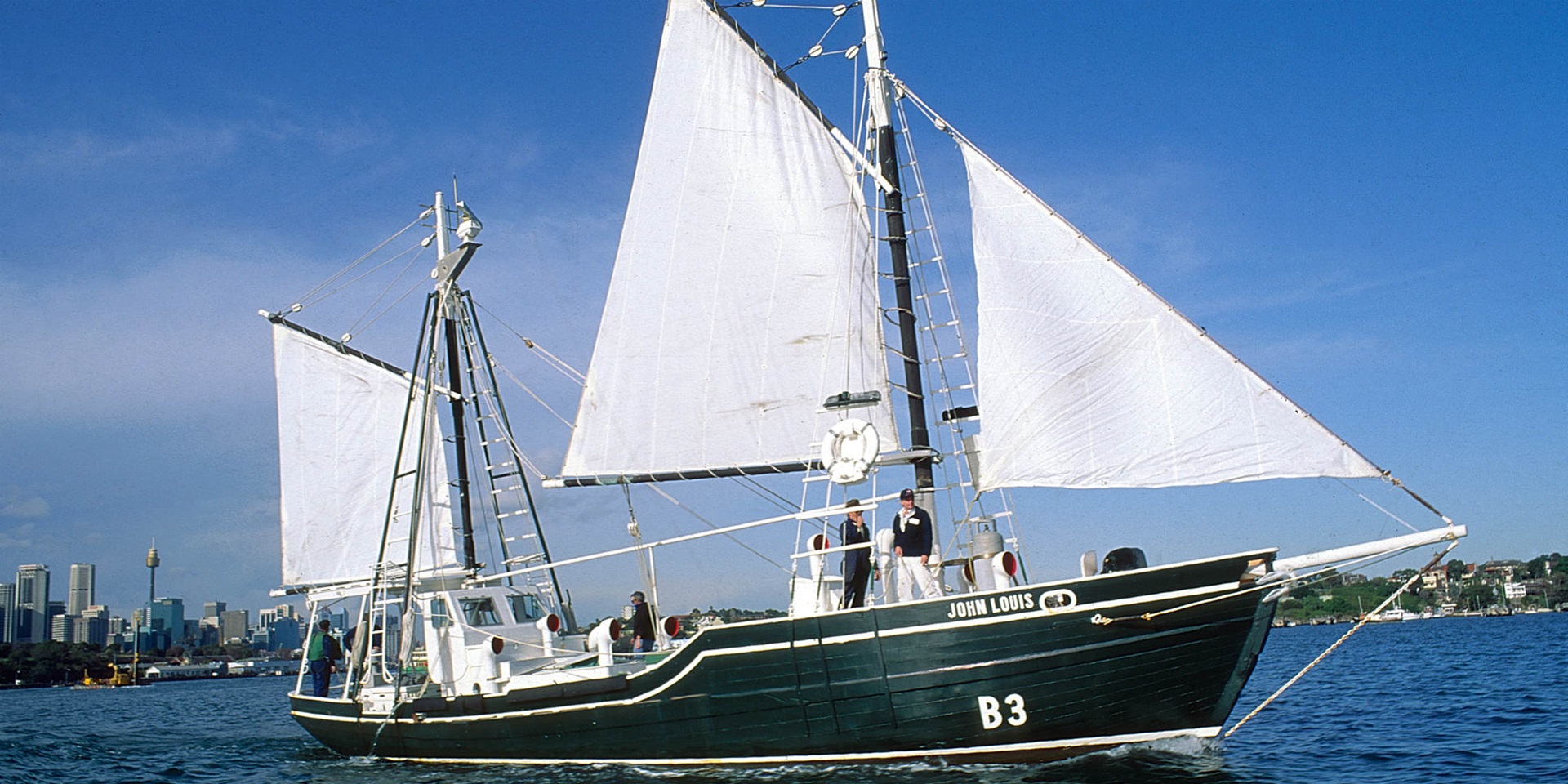Credits
Images used in this story were reproduced courtesy of the Hockings family, the National Library of Australia and the State Library of Queensland.

We know a lot about the Thursday Island luggers. The stories and documentation researched by the museum and other enthusiasts is quite extensive. It gives a detailed insight into the pearling operations that became a significant industry under the initial leadership of the pearl king James Clark. His pivotal role, working with others such as Munro, Outteridge, Hodel, Smith and Reginald Hockings, created a huge industry from something that had ambled along until the late 1800s. By the early 1900s, it was as strong as the already established industry based from Broome in the north of Western Australia.
We know the stories of the boats, the crews, their names, their work and their tragedies. We have wonderful images of the craft used in the Thursday Island area, and even a rare set of lugger plans expertly drawn by naval architect Walter Reeks in the early 1900s. All this material present us with quite specific details, and Hockings’ paintings show the same things.
Tribal Warrior at the Australian National Maritime Museum. Australian Register of Historic Vessels, HV000408
Some of the craft survive. Listed on the museum’s Australian Register of Historic Vessels (ARHV) are a few examples from Torres Strait, starting with Tribal Warrior (1899), through Penguin (1907) and then onto the last craft built in the early 1950s represented by Antonia and Anniki. These vessels represent decades of evolution but they have moved on from pearling and now do charter work or, like Penguin, sit in a museum as representatives of their famous type.
John Louis under sail
The museum has a contrasting lugger John Louis built in 1957 in Broome to that area’s particular style of vessel. In the 1970s, however, it was operating in Torres Strait where it pioneered. The Australian National Maritime Museum collection also features a model of Mercia (now Penguin), built by George Mosby.
Model of pearling lugger Mercia, 2010. Australian National Maritime Museum, 00050472
Images used in this story were reproduced courtesy of the Hockings family, the National Library of Australia and the State Library of Queensland.